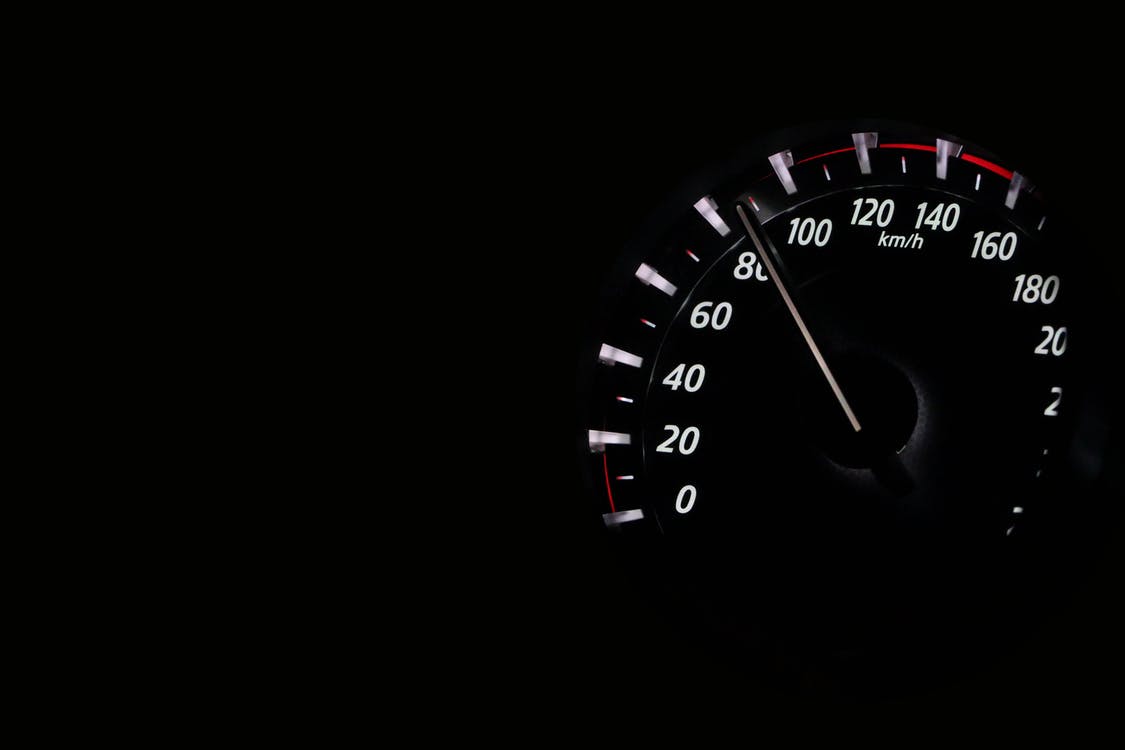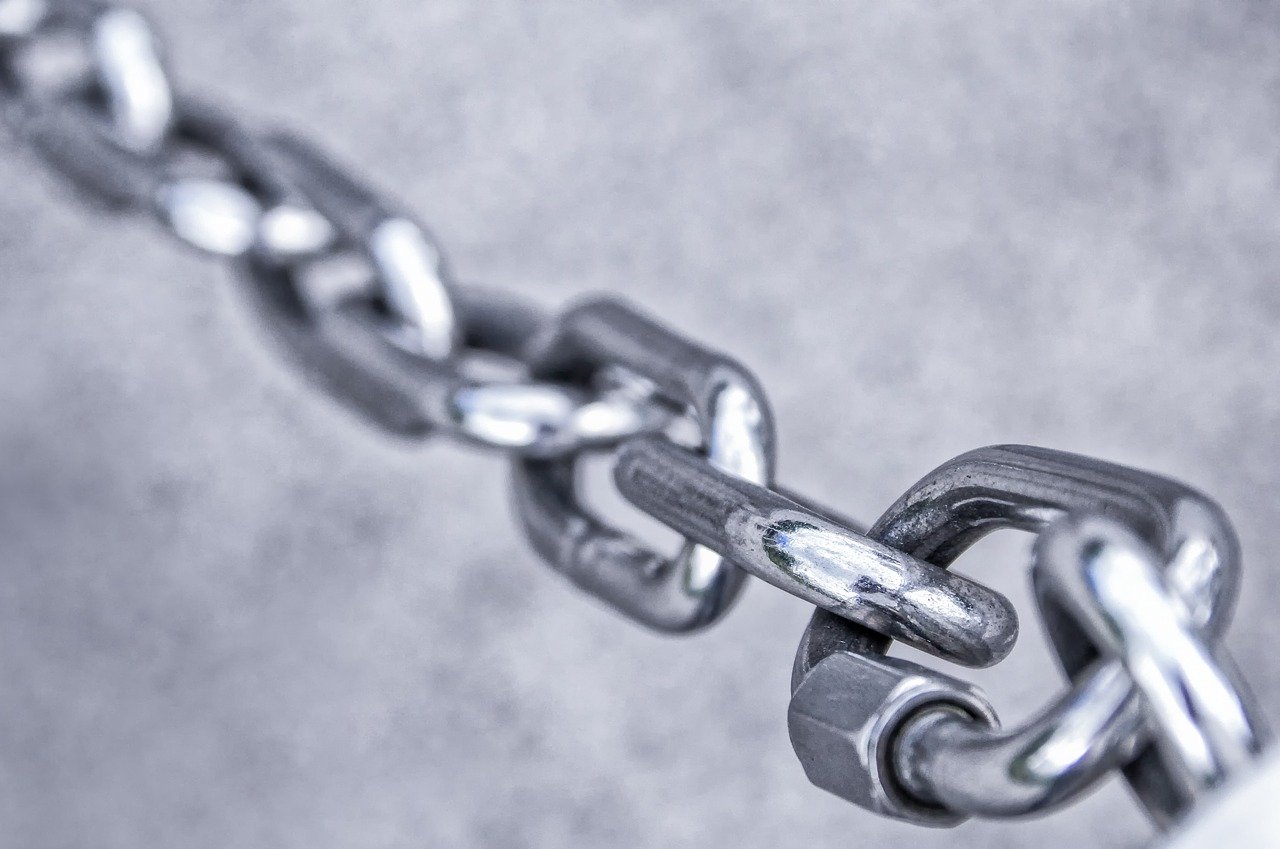
7 ways to improve SEO rankings for old, stagnated content
Jason RoyAlthough we create dozens and hundreds of content pieces, not all of them ever reach their full potential in terms of search engine rankings and traffic. In fact, more often than not, many content pieces get lost in the archives and hardly get any organic traffic.
Such pages can be referred to as “stagnated content,” and there are ways to fix them.
In this blog post, we discuss seven ways to improve SEO rankings — and, therefore, organic traffic — for stagnated content with unfulfilled potential.
1. Fix meta information
The meta information of a web page is not considered a very important search engine ranking factor anymore. However, it still plays a role and should not be neglected.
When you are fixing a stagnated web page, it is essential to get as much help as possible.
- Meta title. Based on your keyword research, carefully select and include high-volume, low-competition keywords in the meta title. It must include the primary keyword for which you want to rank the web page in the SERPs. Just make sure that the meta title does not exceed the 55-character limit.
- Meta description. The meta description gives you a lot more space and opportunities to include secondary and LSI keywords. The maximum word count for the meta description is 155-160 characters.
Rewriting the meta title and meta description should not only be just about keyword optimization. It is also crucial to make them interesting and engaging.
The meta information of a web page plays an important role in improving the organic click-through rate (CTR). A higher CTR sends positive signals to Google and may help increase search rankings.
2. Improve page content
It is arguably the biggest and most important part of fixing a stagnated web page. If the content didn’t work before, it is unlikely to work now, unless you improve it significantly.
There are a few ways you can improve the content of a web page:
- Updating the information and removing old, outdated content.
- Adding new subtopics, subheadings, and text to expand content coverage.
- Include quotes from industry experts and influencers to improve credibility.
- Add support from verifiable studies, statistics, and sources.
- Add images, videos, and infographics.
- Divide the content into various headings, subheadings, bullet points, numbered lists, and shorter paragraphs to improve the readability experience.
Apart from the above-mentioned ideas, you should also take an in-depth look at the top three results on the search engine. Analyze what they are doing right and wrong.
Implement similar ideas and strategies to improve your own content, so it does not lag behind when it comes to higher search engine rankings.
3. Increase page loading speed

It is possible to have excellent and informative content and still not rank higher in the SERPs. After all, the quality of content is not the only factor that search engines take into account.
For example, if your web page takes forever to load, Google would not want to rank it at the top of the SERPs. That’s why the loading speed of your web page is a crucial factor and must be considered.
There is a direct correlation between the loading speed of a web page and its ranking in the SERPs.
You can use our free website loading speed test tool to check how fast your web page loads. Ideally, it should not take more than 1-2 seconds to load.
You can also use Google PageSpeed Insights to test the loading speed and see how Google perceives your web page.
4. Improve the user experience
How do visitors interact and engage with your page? Do they get a good user experience?
These factors can also play an important role in determining how well your page performs in the search engine.
The user experience on a web page can be estimated by measuring metrics, such as the average time on page, bounce rate, dwell time, etc.
- Avg. time on page. It indicates how good, engaging, and informative your content is.
- Dwell time. It refers to the time it takes for a user to click on a search result, land on the web page, and then quit the page and go back to the search results. A low dwell time sends negative signals to search engines and might lead to a demotion in search rankings.
- Bounce rate. The bounce rate tells you how many people quit your website without visiting any other page. A lower bounce rate helps with search engine rankings.
5. Fixing the potential keyword cannibalization problem
Sometimes, a page may suffer in the search rankings because other pages on your site are competing against it.
If multiple pages on your website are targeting the same keywords, it leads to the problem of keyword cannibalization.
Instead of having multiple pages on the same topic, you should consider merging them into one highly informative and detailed piece. This will increase the word count and would also allow you the opportunity to target many more related keywords. Moreover, with proper redirection, you can also combine the backlink power of all those pages.
6. Acquiring backlinks from more domains
Backlinks are an important part of search engine optimization and one of the top three search engine ranking factors. If you are in a competitive niche, you will find it very difficult to rank on Google’s first page without high-quality backlinks from relevant websites.
Depending on the competitiveness of your niche, you may have to acquire backlinks for multiple domains if you want to fix your stagnated web pages.
Although there are several methods to acquire backlinks, the broken-link strategy often produces great results.
If you want more tactics, here are nine more link-building strategies.
7. Create internal links

While backlinks from other websites on the internet are very important, they are hard to acquire. In the meantime, you should not forget the importance of a robust internal link setup.
Internal links are links that come from other pages on your site. Strategically built internal links can help improve the bounce rate, make it easier for search engine crawlers to find your web page and index in the SERPs, and even pass SEO juice from one page to another.
When creating internal links to fix a stagnant page, make sure:
- To build links from relevant pages on your site. In other words, it would be better if the pages are thematically related.
- To build internal links with a high count of external do-follow backlinks. This will help pass the SEO juice to your target page and may boost its rankings in the SERPs.
Conclusion
Content marketers and SEOs spend a lot of time, effort, and resources in creating blog posts and other content pieces. If those web pages never achieve their organic traffic potential, all that effort and time go to waste.
Before discarding those pages, it is a good idea to use the tips mentioned in this article and try to revive those stagnated pages. It usually takes less time and resources to update older content pieces than creating new ones.
- Pricing
- Free Tools
- Articles
- Login
- Free 7-Day Trial